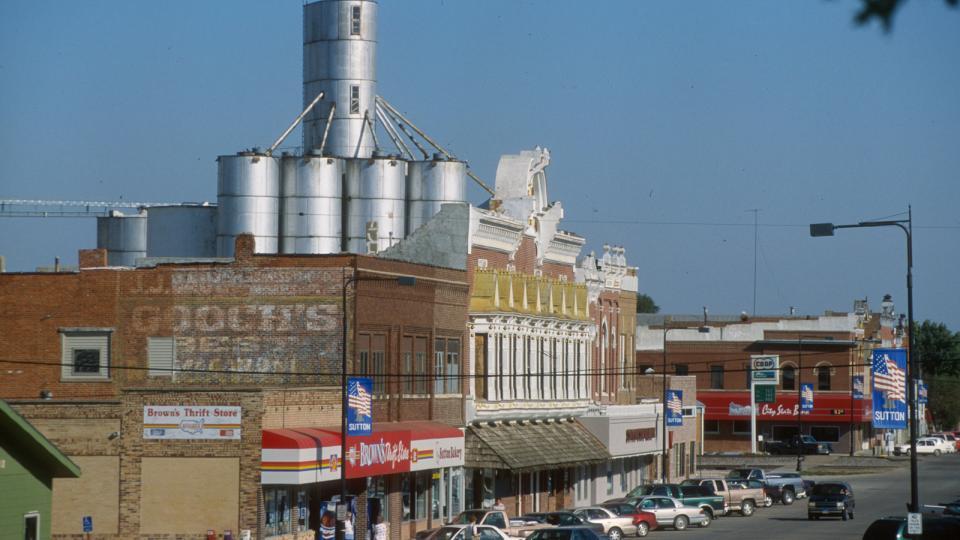
Rural Nebraskans' optimism seems to be up a bit, according to the 2014 Nebraska Rural Poll.
Fifty percent of poll respondents said they were better off this year than five years ago, up from 42 percent last year. Only 17 percent said they were worse off, compared to 26 percent in 2013.
A similar turnaround was reflected in a question about how rural Nebraskans see the future, with 44 percent believing they'll be better off in 10 years, up from last year's 34 percent, the lowest recorded in the poll's history. The percentage of those who think they'll be worse off decreased from 32 percent in 2013 to 22 percent this year.
The 19th annual rural poll was sent to 6,813 households in 86 Nebraska counties in March and April. Results are based on 1,943 responses.
Poll organizers aren't certain what to make of the improved optimism in this year's poll. Since the numbers this year are more reflective of the poll's historical trends, the 2013 findings may be an aberration, said Randy Cantrell, rural sociologist with the Nebraska Rural Futures Institute.
The poll is taken in spring, so sometimes its results capture passing moods, events and perceptions about the state of the world. During spring 2013, there was a good deal of uncertainty, particularly over the economy and the Affordable Care Act, Cantrell said.
One of the biggest contributors to confidence about the future appears to be growing job security. The percentage of respondents who said they were satisfied with their job security increased from 65 percent in 2013 to 73 percent this year.
"We haven't felt this secure in our jobs since before the recession," said Brad Lubben, assistant professor and UNL Extension policy specialist.
Elsewhere, the Rural Poll's findings were generally similar to past years:
• Majorities of respondents rated their community as friendly, trusting and supportive – 77, 64 and 69 percent, respectively.
• Fifty-five percent said it would be difficult to leave their community; 31 percent said it would be easy.
• Sixty-one percent of respondents disagreed that their community is powerless to control its future.
• Some services saw significant decreases in satisfaction levels this year. Satisfaction with streets and roads fell from 53 percent to 44 percent. Satisfaction with parks and recreation dropped from 76 percent to 71 percent.
The Rural Poll is the largest annual poll of rural Nebraskans' perceptions on quality of life and policy issues. This year's response rate was about 29 percent. The margin of error is plus or minus 2 percent. Complete results are available online.
With its 19-year history, the poll has a collection of data about rural trends and perceptions that is unmatched in the country, said Becky Vogt, survey research manager who's been working on the Rural Poll since its second year.
Although the Grand Island area (Hall, Hamilton, Howard and Merrick counties) was designated a metropolitan area by the U.S. Census Bureau in 2013, the Rural Poll continues to include those counties in its sample. Also, Dixon and Dakota counties were added to the poll this year.
The university's Department of Agricultural Economics conducts the poll in cooperation with the Nebraska Rural Futures Institute with funding from UNL Extension and the Agricultural Research Division in the Institute of Agriculture and Natural Resources.
— Dan Moser, IANR News